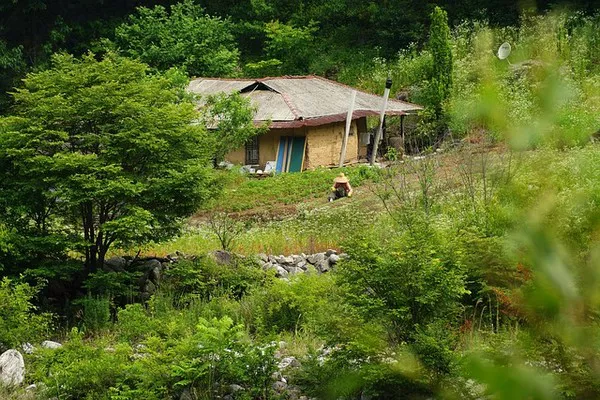Plastic has become ubiquitous in our modern world, bringing convenience and durability to countless products. However, our reliance on plastic comes at a cost, especially for plants and the environment. Plastic harms plants in several ways:
Physical Injury and Entanglement
One of the most direct impacts of plastic on plants is physical injury and entanglement. Plants can become trapped in or strangled by plastic litter such as bags, rings, and packaging. Plant stems, leaves and roots can also be broken or damaged when pinned down by plastic waste.
Discarded plastic mulch used in agriculture can blow away, entangling and injuring nearby plants. Plastic pots, nets, and covers used in gardening and horticulture can similarly break or trap plants if not properly secured and monitored.
Physical injury impacts plants’ ability to photosynthesize, draw in water and nutrients, and grow to maturity. Entangled plants may not be able to reproduce or compete for resources, negatively impacting productivity, biodiversity and ecological balance.
Soil Contamination
Plastic pollution in soil poses a major threat to plants. When plastic breaks down into smaller fragments called microplastics, it releases toxic chemicals into the surrounding environment. These chemicals build up in soil, making it inhospitable for plant growth.
Microplastics in soil can disrupt nutrient availability for plants by interfering with nutrient-binding minerals and organic matter. They also alter soil properties like aeration, water retention and pH balance critical for plant health.
These effects include stunted root growth, reduced photosynthesis, impaired reproduction, and decreased germination rates – all of which impact plants’ fitness and survival. Microplastics have even been found accumulating inside plant tissues and organs.
As microplastics continue building up in soil over time, they threaten the long-term productivity of agricultural land and natural ecosystems that depend on plants for survival. Their slow breakdown rate means plastic pollution could harm plants for decades or longer.
Reduced Pollination
Plastic pollution threatens plants by disrupting pollination, which over 80% of flowering plants rely on to reproduce. Physical plastic debris interferes with pollinators’ navigation, traps and entangles insects, and smothers flower blossoms.
Chemicals leached from plastic also contaminate nectar and pollen, potentially poisoning insects and compromising the plant-pollinator relationships that drive biodiversity.
Reduced pollination leads to lower seed and fruit production, weakening plants’ genetic fitness and reproductive success. With bee and insect populations already in decline, plastic pollution adds further stress that threatens food security, ecosystem stability and natural beauty supplied by flowering plants.
Impacts on Climate Regulation
The impacts of plastic pollution cascade through environmental systems in ways that indirectly harm plants. For example, plastic inhibits plants’ role in regulating the Earth’s climate by:
Releasing greenhouse gases during production, use and disposal that contribute to global warming
Preventing plants from sequestering carbon in soil through microbial inhibition and respiration disruption caused by microplastics
Reducing the ability of forests and vegetation to act as carbon sinks through damage to plant growth and health
As the climate crisis accelerates due to excessive plastic production and use, plants face more extreme conditions like drought, heat waves, and floods that threaten their survival. This negatively impacts the goods and services that plants provide to both nature and humanity.
In Summary
From physical injury and soil contamination to reduced pollination and impacts on climate regulation,plastic harms plants in myriad ways at the local,landscape and global scale.
To protect plants that sustain life on Earth, we must drastically reduce plastic production and consumption, improve waste management systems,develop biodegradable alternatives, and remove existing plastic pollution from the environment.
Citizens, governments, businesses and organizations all have a role to play in transitioning away from single-use plastic toward more sustainable solutions that safeguard the planet’s finite resource sand fragile ecosystems – starting with the plants that make all life possible.


